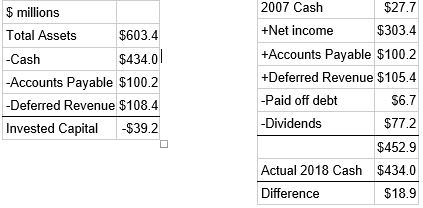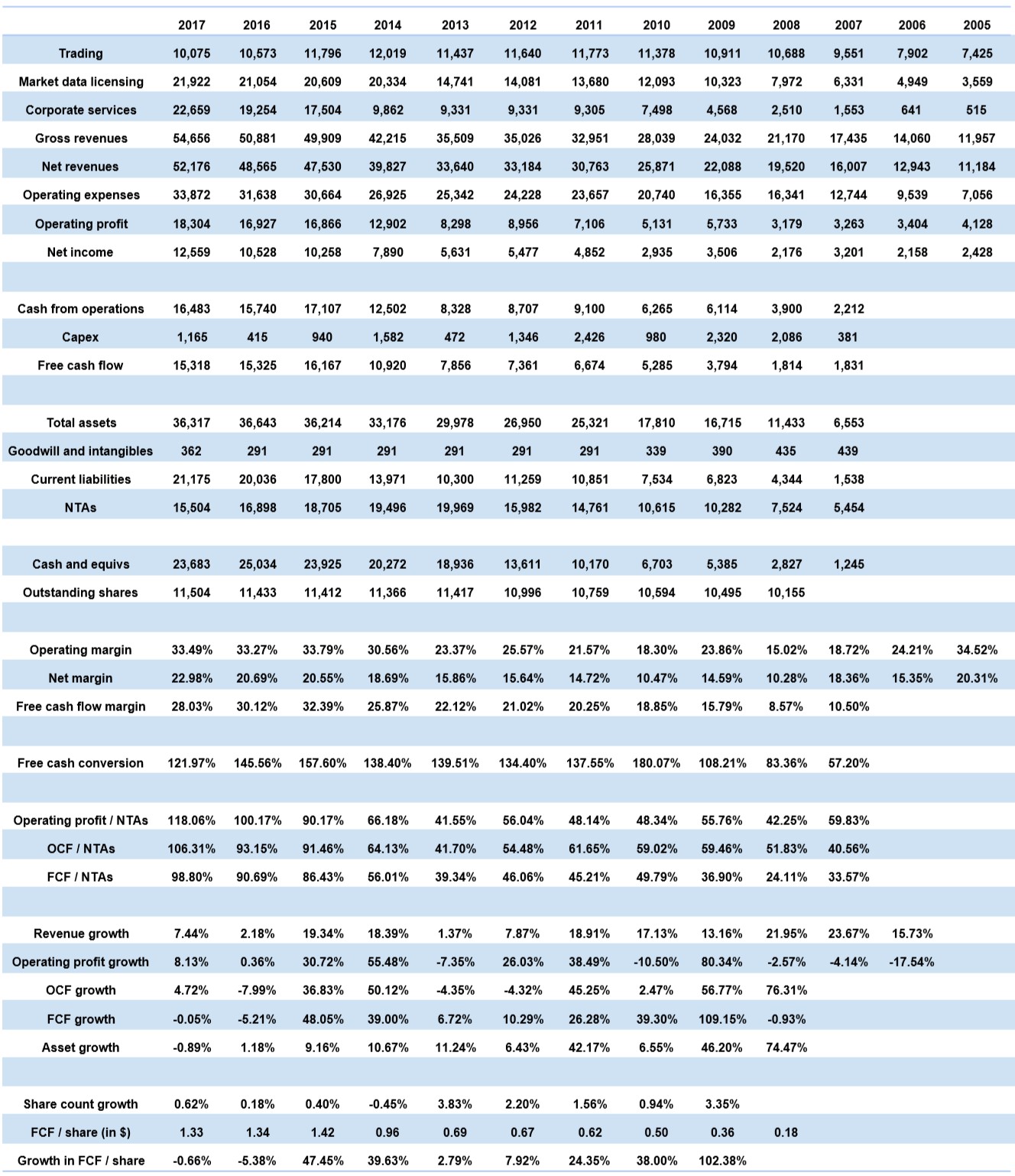Inseego (INSG): A Uniquely Positioned 5g Company
Write-Up by Long-Short Value
- With ZTE and Huawei recently shut out of the US and Canadian Market and likely most European Markets, Inseego is uniquely positioned to take advantage and gain market share in mobile connectivity at a crucial time in the 5g cycle. This Chinese OEM ban has pushed several customers to recently sign design and development deals with Inseego.
- Inseego’s new management has a depth of experience in telecommunications equipment and has positioned the company for both the 5g Hardware cycle and to expand its Telematics Business (CTrack) into new markets
- Inseego’s customer relationships with Verizon and close ties with Qualcomm make it the premier connectivity partner in the US and Canada.
- Inseego has recently signed all Tier 1 Carriers in the US and several other carriers in the US, Canada, Australia, and Europe for either their 4G LTE, Gigabit 4G LTE, or 5G products. Several of these recent contract wins have yet to begin producing any material revenues and are expected to ramp up in 2019 significantly.
- Inseego’s Enterprise SaaS business (DMS and CTrack) operate in an extremely attractive high margin segment. Recent wins for CTrack in the Aviation space will help propel the segment to high teens to low twenties revenue growth over the next few years.
- My base case valuation of Inseego is $7.80 a share, Upside Case could be well above $10 a share if Verizon 5g Fixed Wireless is a success.
Inseego Summary
Inseego is a Telecommunications Equipment and Enterprise SaaS design and development company with products focused on the Internet of Things (IoT) and Mobile Solutions. Inseego is one of the few US based companies that makes Mobile Connectivity products like 4G Hotspots that traditionally compete with Chinese companies like ZTE and Huawei. Inseego is closely aligned with Qualcomm and Verizon highlighted by the new design center they opened across the street from Qualcomm and the recent showcasing of the Verizon 5g NR utilizing the Qualcomm Snapdragon chipset. Inseego has undergone several recent management changes and a restructuring which started with the hiring of Dan Mondor as the new CEO in June of 2017. Dan has a very solid background in the Telecommunications Equipment space with experience as CEO of SpectraLink and as CEO of Concurrent Computer Corporation (CCUR). Dan has assembled a stellar team to position Inseego for the coming 5g Telecommunications Cycle.
Here is a primer on 5g (Mckinsey Link) as it is a key component of the thesis around Inseego. 5g will bring not only faster speeds to wireless but also lower latency, which is important in applications like medicine, connected cars, and many IoT applications. I have done an extensive amount of research on 5g and I believe it is a much larger step change from both a performance standpoint and an infrastructure investment standpoint than the transition from 3g to 4g.
Inseego has two businesses, Mobile Connectivity Solutions Hardware (Mobile Solutions) and SaaS, Software, and Services (Enterprise SaaS). Mobile Solutions is a hardware business …
Read more

